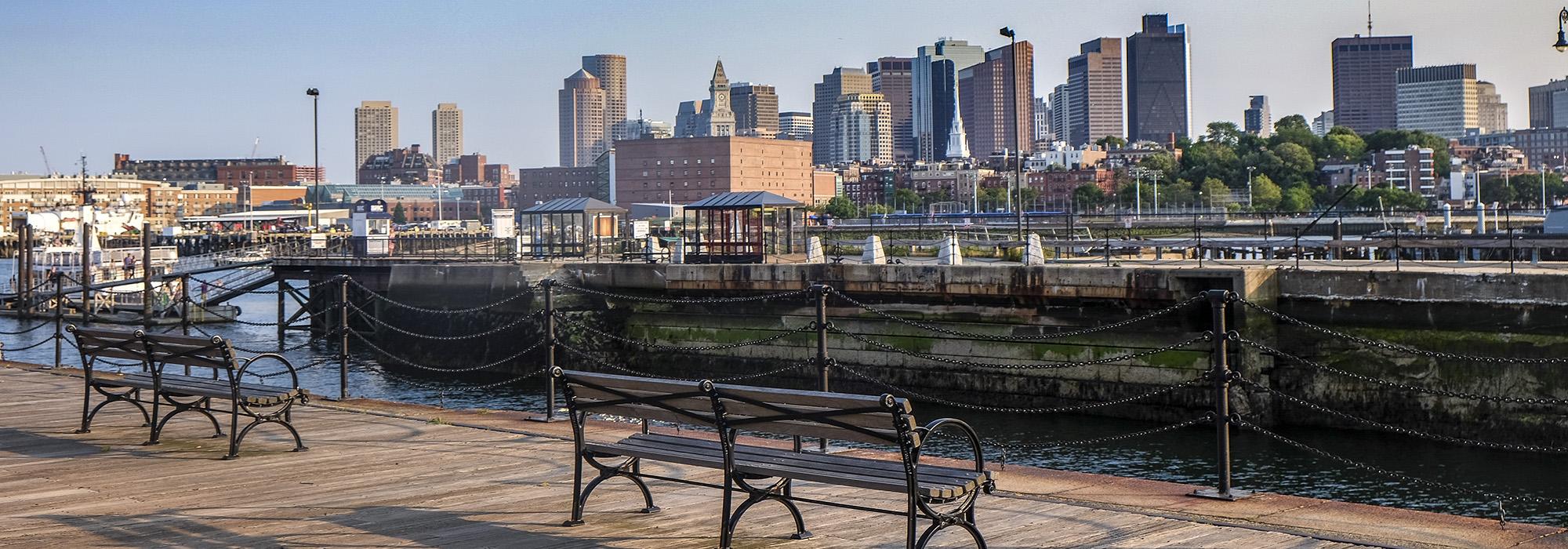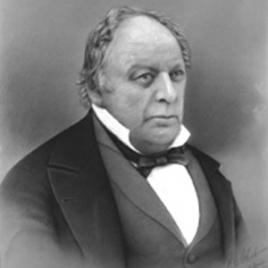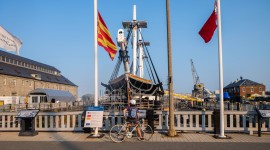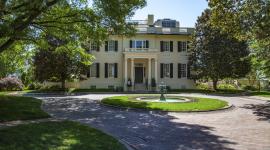Pioneer Information
Born in Halifax, Massachusetts, Parris was apprenticed to a carpenter as a young man and later designed and built his own houses. He settled in Boston around 1808, serving in the War of 1812 as a Superintendent in the Corps of Artificers (builders) in Plattsburg, New York. After the war, Parris resumed work as a master-builder, while attempting to establish himself as a professional architect. Due to the lack of architects in America, he taught himself how to draw and design. His architectural commissions included the Wickham-Valentine House (1812) and the Executive Mansion in Richmond, Virginia (1813); and the Nathan Appleton Residence (1818) and Quincy Market (1824-1826) in Boston.
Although Parris had an active architectural practice in the 1820s, architectural commissions declined at the end of the decade, and he sought work with the U.S. government. In 1827 he became a salaried assistant to Loammi Baldwin, Jr., the engineer for the construction of the first two granite dry docks at the federal navy yards in Boston and Norfolk, Virginia. After the docks were mostly completed in 1833, Parris worked for the Board of Navy Commissioners on various projects at the Boston Navy Yard. His Navy projects include a factory for spinning rope (1834-1837) and a sawmill (1837-1840), both at the Boston Navy Yard; and a vaulted gunpowder magazine and marine hospital in Chelsea, Massachusetts (1834-1837). In the late 1830s and 1840s Parris became involved with the design and construction of lighthouses and beacons. His work at the Boston Navy Yard ended in 1844. Three years later he was offered a salaried position as an engineer with the Portsmouth Navy Yard in Kittery, Maine. Parris worked until his death at the age of 71 and was buried in Briggs Burying Ground in Pembroke, Massachusetts.








